FACIAL REJUVENATION
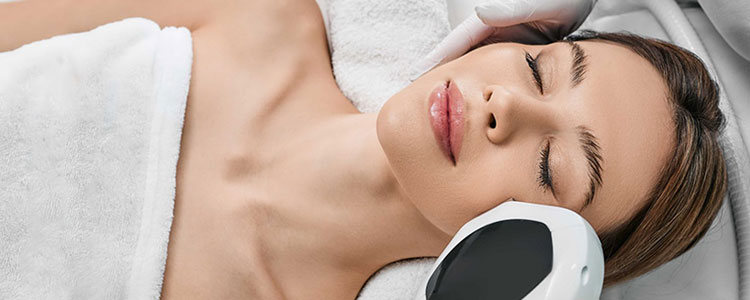
Non-invading methods to rejuvenate the skin of the face can be performed.
Small wrinkles or damage to the skin due to aging (stains or pigmentation), trauma, or acne can be treated today with various alternative methods:
- laser treatments
- skin-abrasions
- peeling or subcutaneous injections of substances to be filled.
All these methods give back the skin's radiance, renewing your skin and giving a healthy skin tone.
Discuss with your plastic surgeon which method is most appropriate in your case.
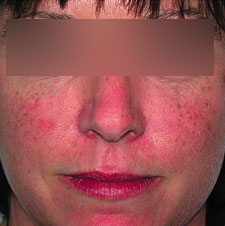
Before intervention
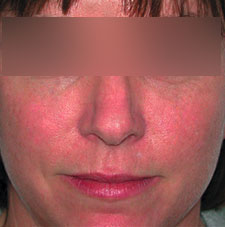
After intervention
Laser Rejuvenation
Lasers are very high-precision tools that work with computers. Depending on how you set the laser beam with its selective energy, it affects a point of a precise layer of the skin.
The types of laser we use (Lyra, Aura, Herbium) are able to stimulate the production of new collagen subcutaneous and consequently give the skin more of a uniform and compact look.
During each treatment, the laser beam will be passed across the skin of the face excluding the area of the upper and lower eyelids. The intervention is not painful and takes about 20 minutes.
Generally, to see good results, 6 treatments are needed, paced about 1 every month. The maximum result can be seen after 2 months after the last treatment.
The laser also eliminates dark spots without problems and can also clear acne scars. Typically in these cases, just a single treatment is necessary.
Laser treatment is done only on non-tanned skin because it may cause deterioration of pigmentation of the skin. (For more information check Chapter on laser surgery)
Dermo-abrasion and Chemical Peeling
Derma- abrasion, and chemical peeling both provide the removal of the superficial layer of skin to stimulate the skin to regenerate.
Derma-abrasion is set using a small tip of the diamond rotary and is usually performed under general anesthesia. A chemical peel on the other hand is using an acid substance. Typically, this method needs more sittings with an increasing concentration.
The skin immediately after the procedure remains very reddened and sensitive. We must treat it with special creams and avoid exposure to the sun for at least 2-6 months because the new skin is not immediately able to produce the melanin that serves as a solar filter.
In rare cases during a chemical peel, if the acid penetrates too deeply it burns the skin and leaves unwanted scars.
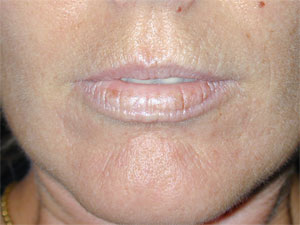
Before intervention
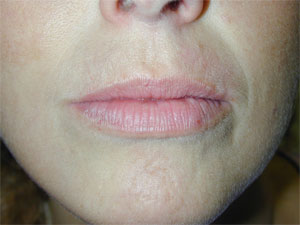
After intervention
Injections of filling substances
The intervention runs in the ambulatory of the plastic surgeon without or with light local anesthesia.
The plastic surgeon after carefully disinfecting the area injects particular sterile gel injections with a thin needle. After the injection, the treated area is gently manipulated to achieve a uniform distribution of the gel.
There are now many products on the market that can be divided into two main categories: gel absorbable by the body and stable gels. The absorbable gel produces aesthetic temporary results while those that have a lasting effect over time.
Among the absorbable gel, hyaluronic acid is a substance naturally present in our body. Hyaluronic acid is non-toxic and does not cause any type of allergy. It is naturally absorbed within approximately 6-8 months. There are no complications to repeat the surgery with this substance periodically.
Hyaluronic acid is associated with a substance that prevents its absorption being a type of gel rather stable which we used with excellent aesthetic results.
Intolerance of this product is very rare and almost non-existent.
After filling a thin layer of connective tissue surrounding the gel, allowing it to become an integral part of connective tissue.
Thank to its stability and to the connective thin layer is even possible to remove the gel within the first 6 months after the surgery. After this period to remove the gel may be necessary a small surgery.
The area treated can remain slightly sore for about 2-3 days. You can express slight swelling but will gradually go away within a few hours or a few days depending on the sensitivity of the person.
For 1-2 weeks it is better not to be exposed to direct sunlight hot or too cold.
